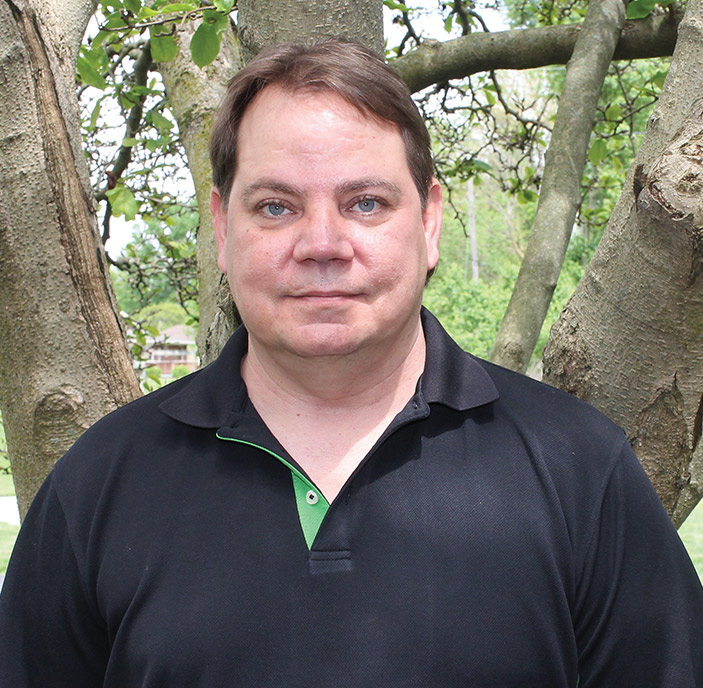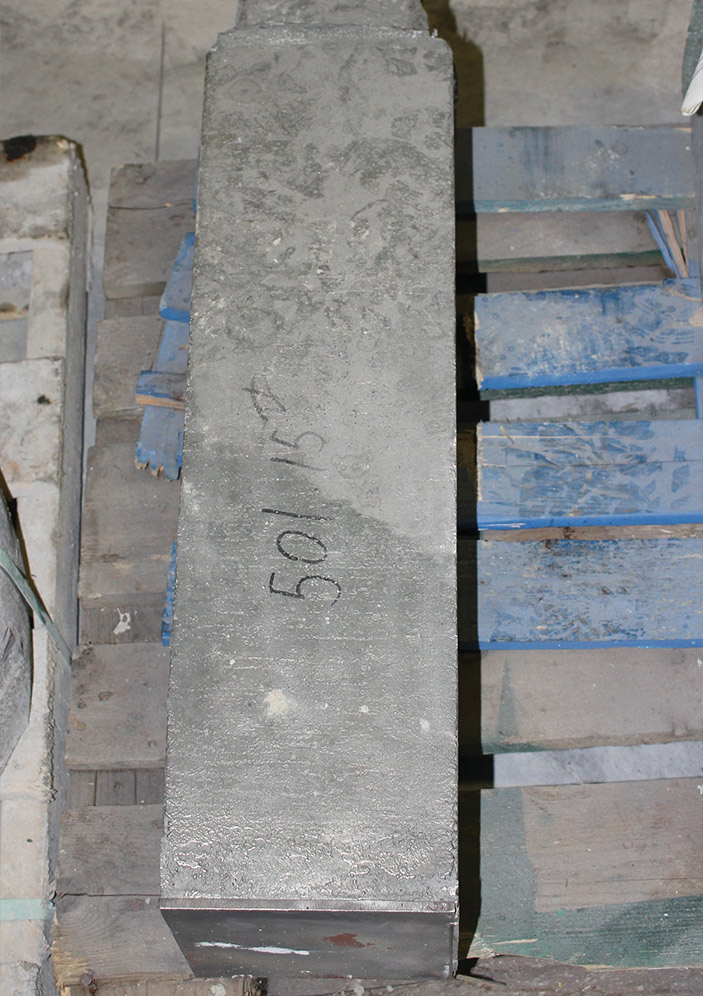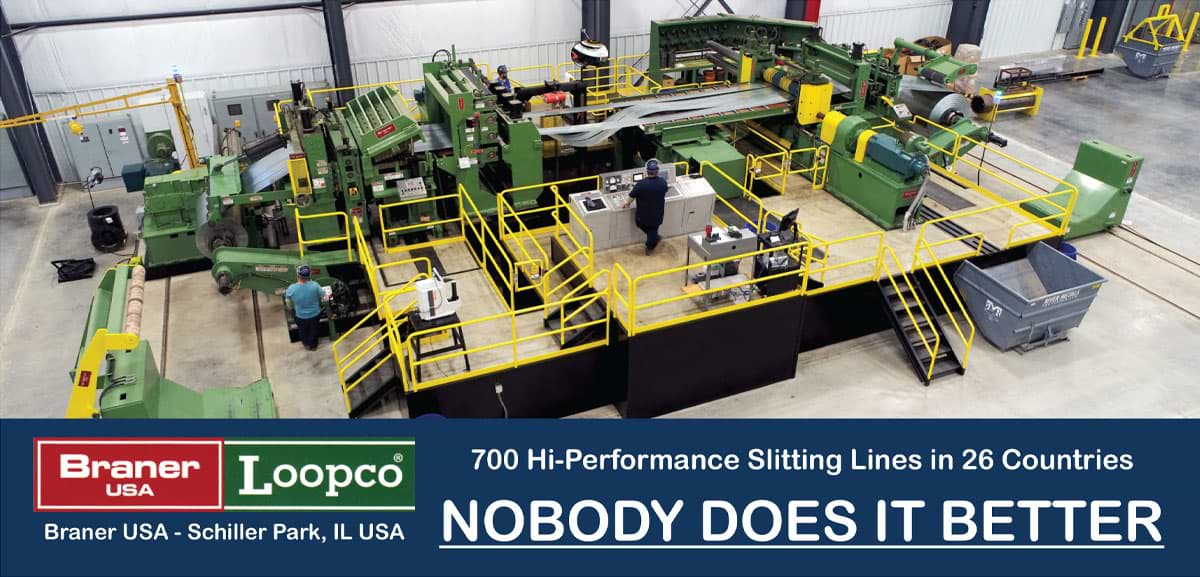n Tipton, Indiana—near where Elwood Haynes, inventor of the cobalt-steel alloy 6B, began his journey as a metallurgist—High Performance Alloys melts and processes the material from ingot to slabs, billet, bars and narrow plate, says Jeff Kirchner, manufacturing director and COO.
A: Having worked at Cabot for 20 years, our company founder (my father) was very familiar with Stellite products. 6B, UNS R30016, is the wrought version of R30006 or cast Stellite #6.
Initially, some customers resisted accepting a foreign product. About 13 years after we began importing the alloy, we started hot forging and finishing the product in the United States from bar/billet sourced from Japan. However, after the Buy American Act was passed, we knew we would have to change the supply chain.
The markets for 6B have definitely changed over the last 35 years. Its largest initial use was as turbine blades, but those have been replaced with ceramic or cast materials. Two of the most interesting uses were as scraper blades in cereal production and wear shields on helicopters in the Gulf War.



A: We sourced from Japan because it was available. Because it is a proprietary material, the mill that owned the trademark would not sell it to us. However, this mill had taught the producer in Japan how to make the alloy. In fact, the Japanese mill could sell the alloy products with the trade name on them in Asia.
A: Long lead times, followed by quality issues, and then it became about pricing. The final straw was when our supplier began supporting a competitor, which negatively affected our revenues.
A: Our initial search for bar, billet or ingot to process was fruitless. It is a very small market due to inventory cost. We needed to make our own ingot to make billet, slab, bar and plate. We still need the ability to roll wider plates and sheets. Because this is a tough alloy, it’s difficult to let someone else do the rolling.

A: One should have a good driving reason to make the change. It is difficult to achieve, and there will be many bumps along the road.
A: Absolutely. More companies will try to re-home production, especially if they were adversely affected during the pandemic, because it’s just not good business to be caught short on supply.
